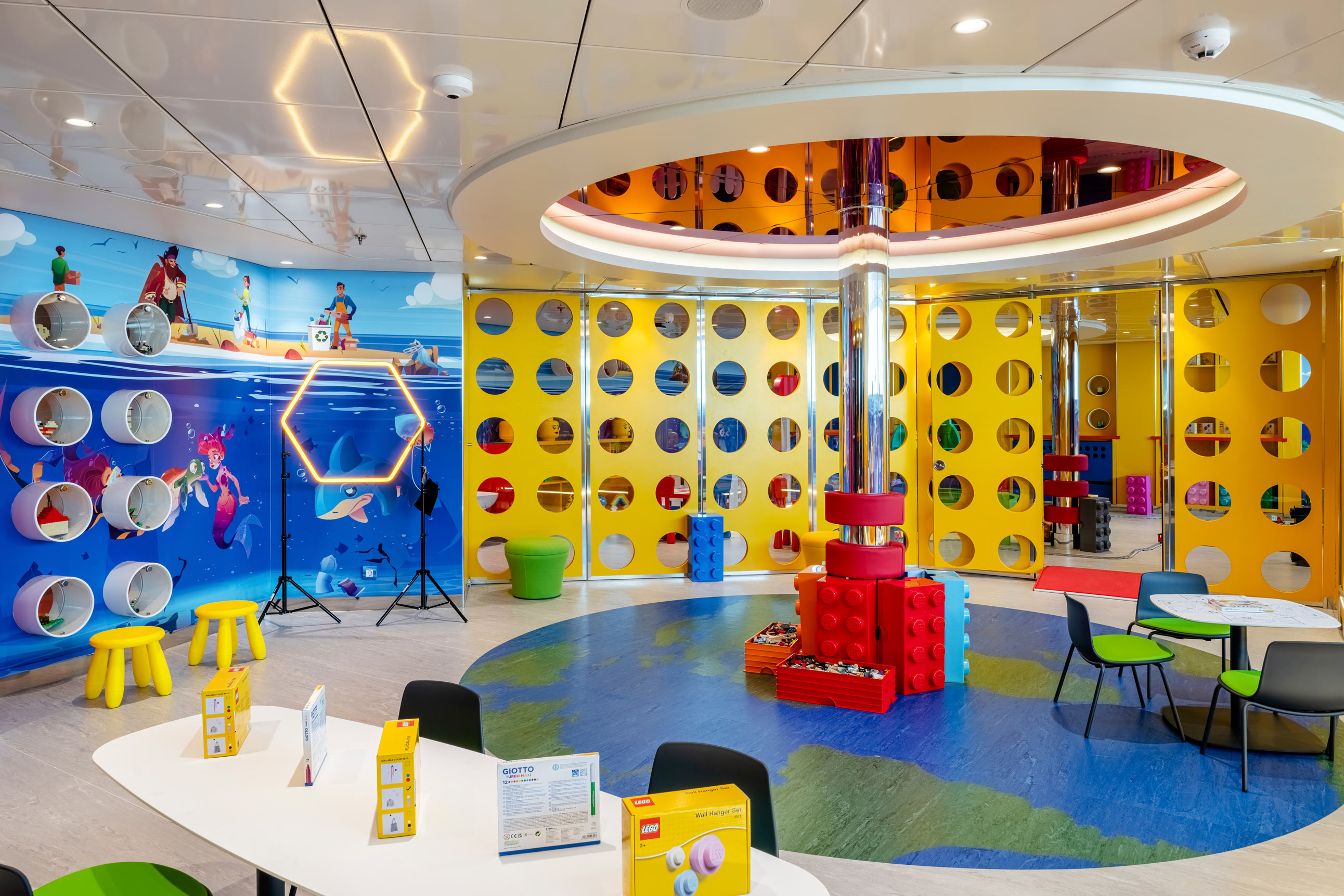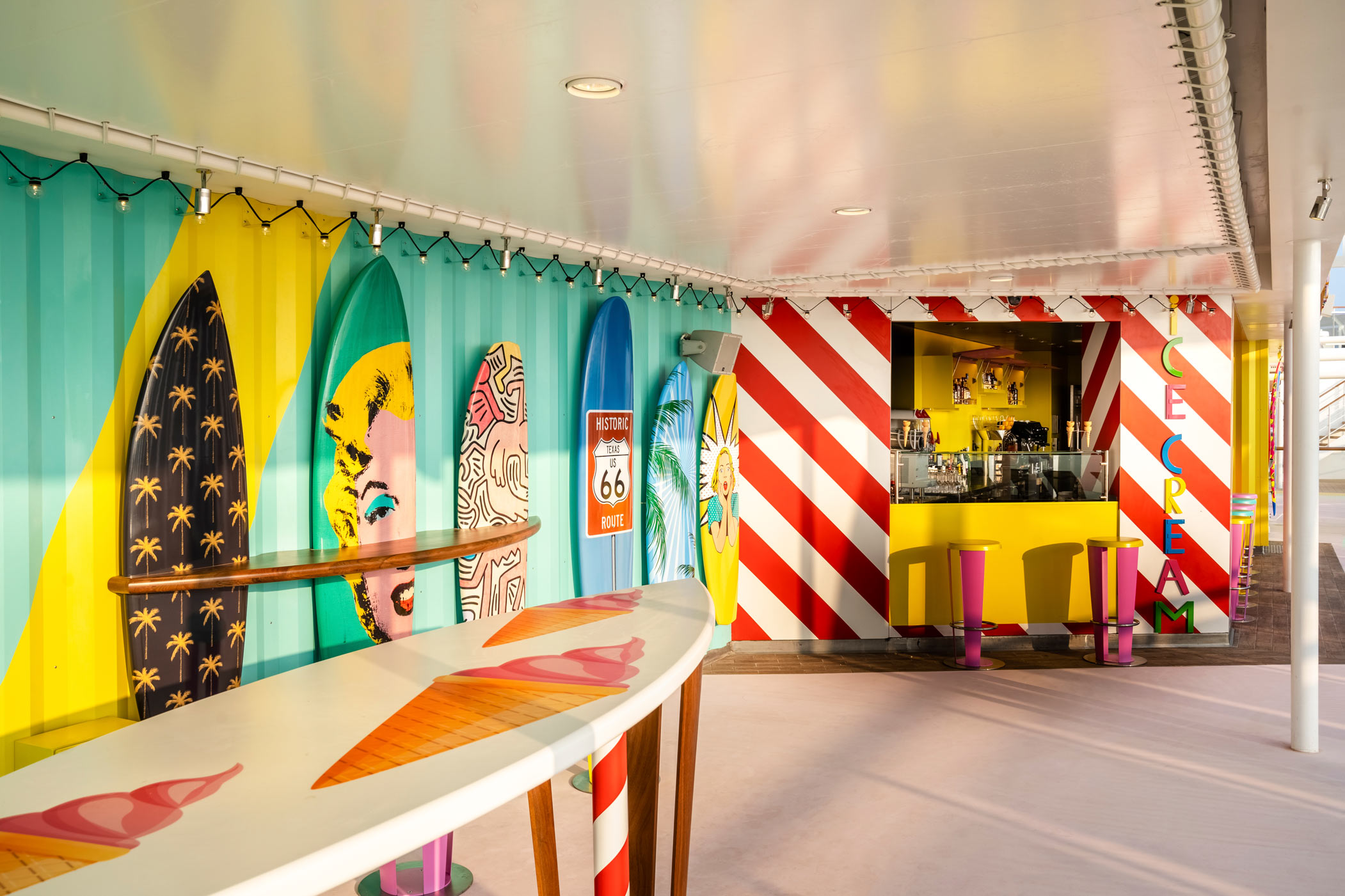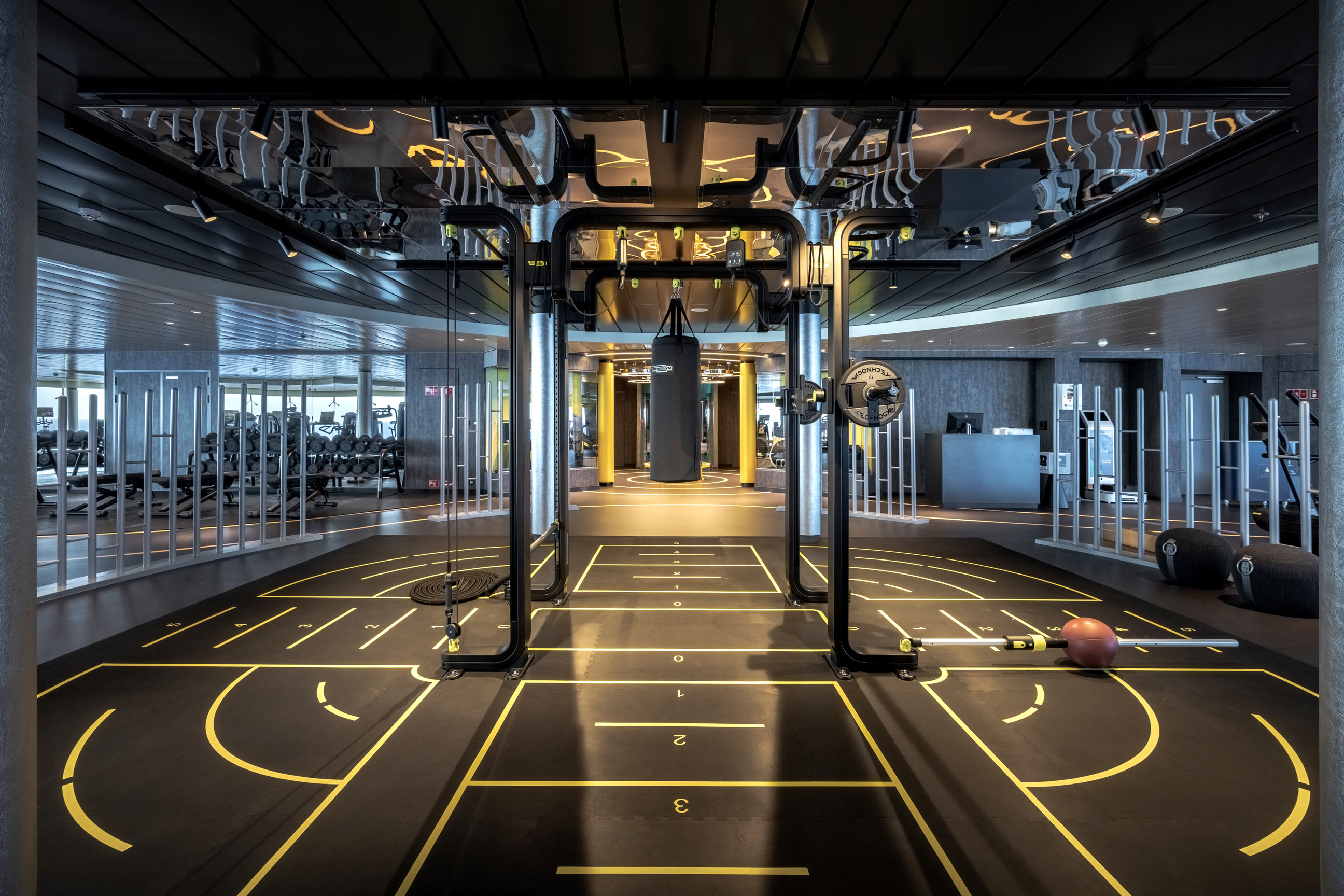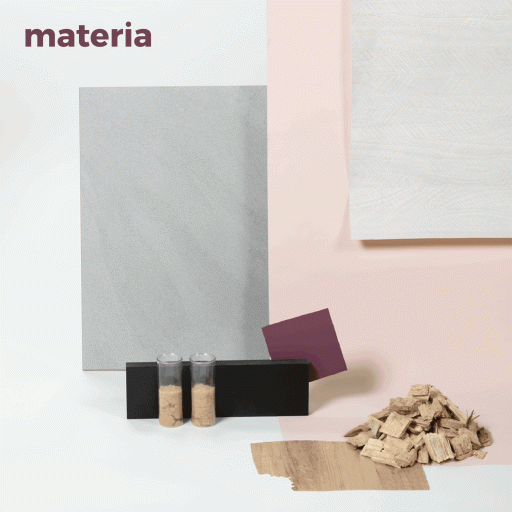Between 2023 and 2025, the cruise tourism market expects a total of four million guests to try this form of vacationing for the first time. They will do so with stops at the more than 200,000 berths that Cruise Lines International Association (CLIA) estimates there will be worldwide by 2028. Miami, Port Canaveral and Port Everglade (Florida), Cozumel (Mexico) and Nassau (Bahamas) are the main places in the top 5.
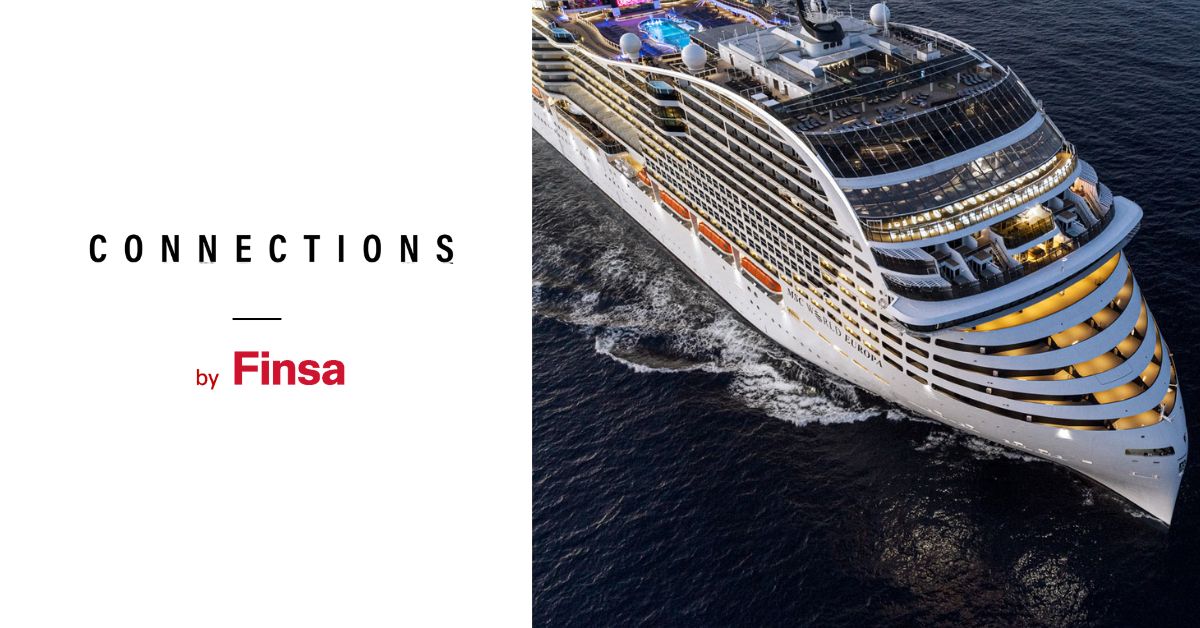
According to data from this association, which brings together the main companies in the sector, this market represents an expenditure of $750 per person. Typically, each vessel carries 3,000 passengers who remain on board for an average of seven days.
The data are not at all negligible, and the fact is that the sector has been modernized in the last thirty years, experiencing a greater interest in the interior design and architecture of its fleet. Proof of this is the organization since 2019 of the American and European editions of Cruise Ship Interiors Design Expo or the annual publication of the Cruise & Ferry Interiors magazine, born in 2011. It disseminates success stories, news on regulations or materials and trends.
Much more than large cruise ships
Nowadays, the typology of vessels has diversified: from hotels or even floating cities to small boutique expedition ships (there are more waters to sail than oceans).
This change is not only due to a question of size, but to a revolution in the concept: from a floating hotel to a hospitality focused on experience. Firms have adapted to the demands of increasingly differentiated clients on a sociodemographic level: families, single travelers, multigenerational groups with functional diversity… And all of this with a view to offering different forms of entertainment in the same place.
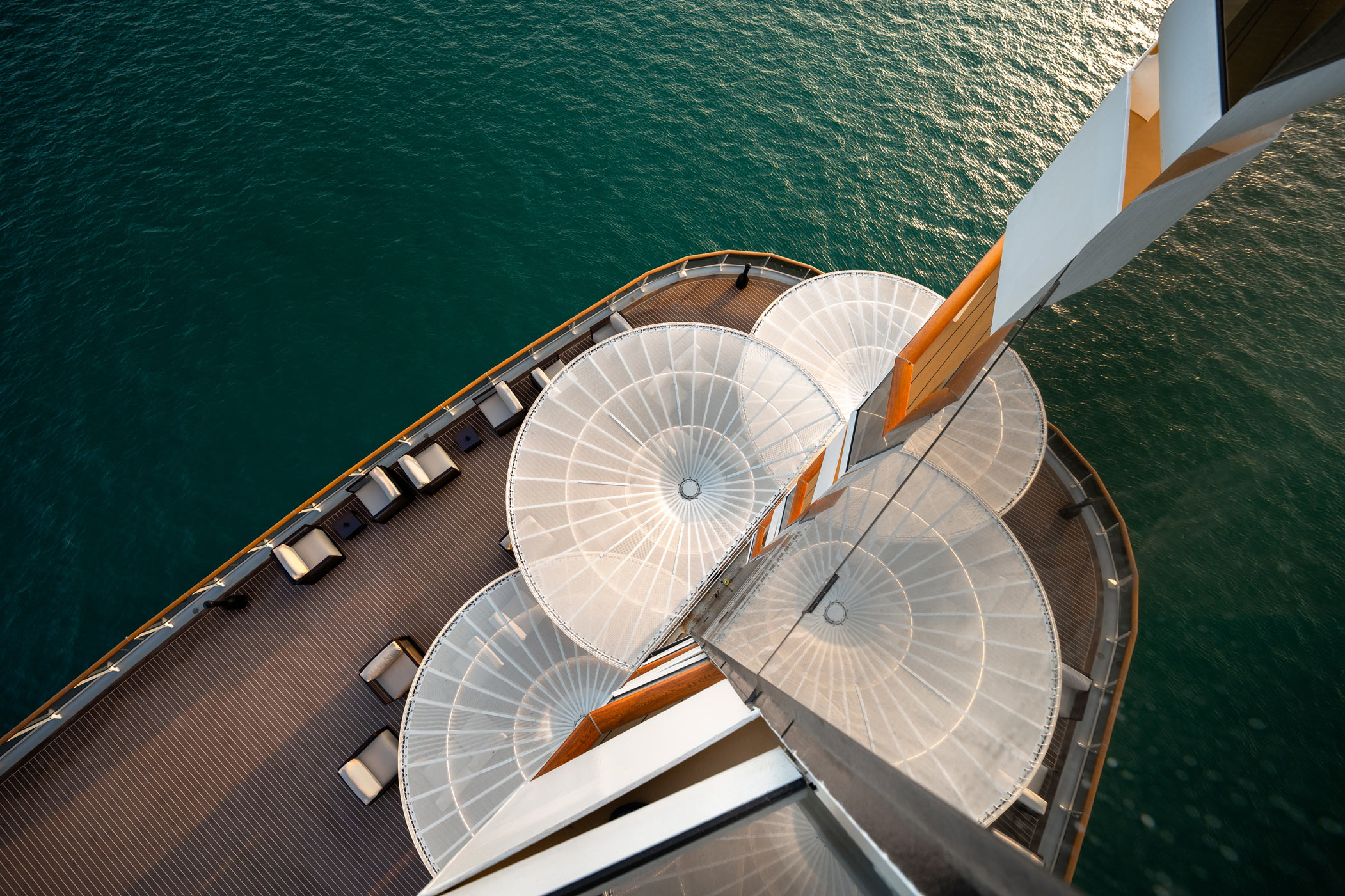
To meet these demands, interior design is key in issues such as spaces aimed at children or focused on specific uses: for example, a gym on the high seas.
Three keys to good cruise ship interior design
As on land, “the starting point is to generate an experience for each guest, but considering that it is a mobile experience, with its technical issues to solve (vibrations, low ceilings…),” as detailed by designer Adam D. Tihany in AD.
How do you achieve this emotional imprint on each cruiser? Biophilic design is one of the tools to eliminate the barrier inside/outside the ship and let the ocean (or river) into the cabins, bringing nature closer and thus generating a sense of serenity.
Along these lines, Richard Riveire, founder of Rottet Studio, approached the upgrade of the Viking shipping line’s fleet around two elements: the Aquavit Terrace, where to dine alfresco on deck, and the private wrap-around terraces. Discussing the functionality of these elements with crew and clients was, in his opinion, the key to success..
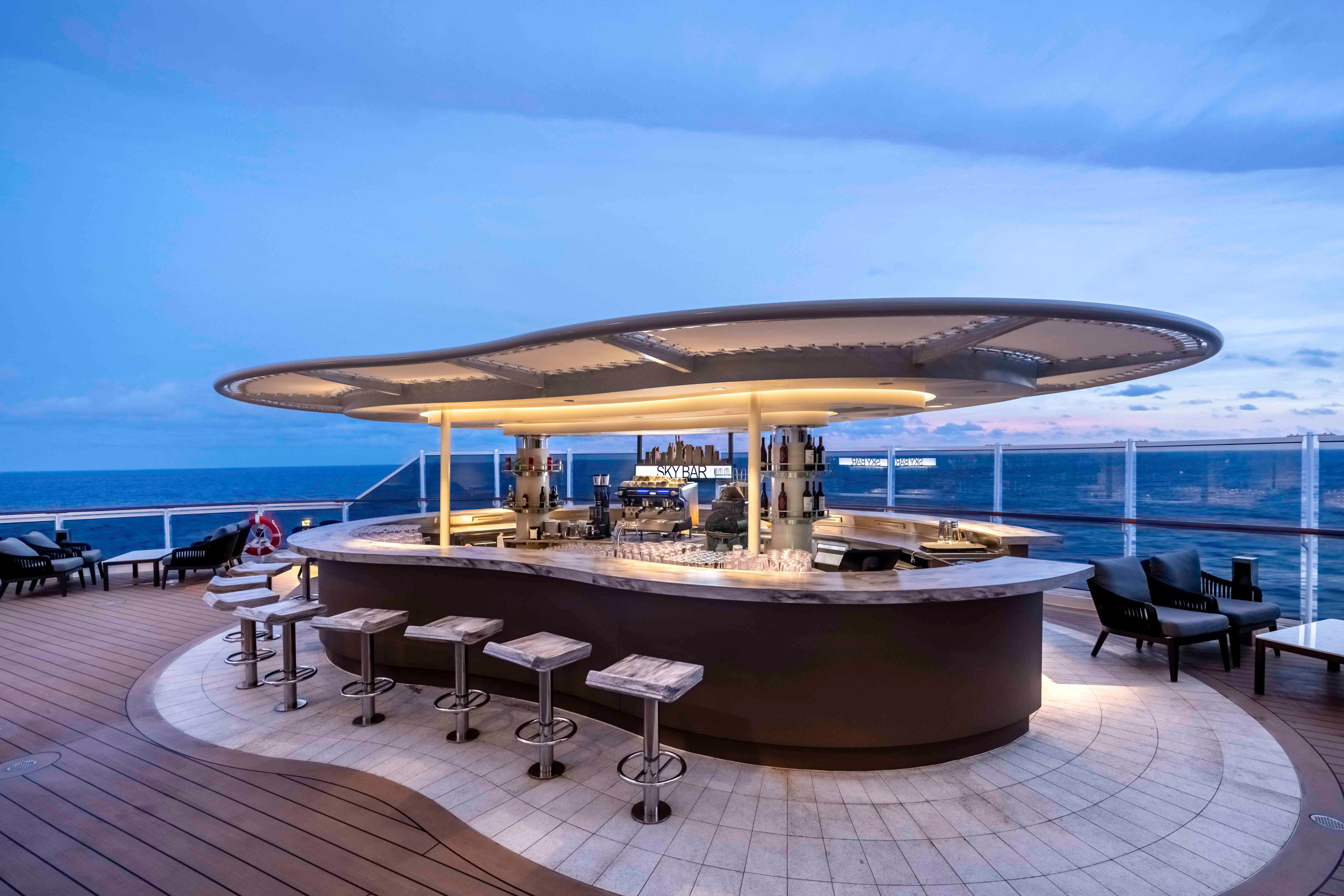
The latest noteworthy trend is to encourage social interaction through communal spaces. Rod Morton, CEO of Greenspan Projects, explained in the latest issue of Cruise & Ferry Interiors magazine how designs that allow people to gather comfortably around key points (such as bars or golf holes) helped to create an atmosphere of excitement and anticipation.
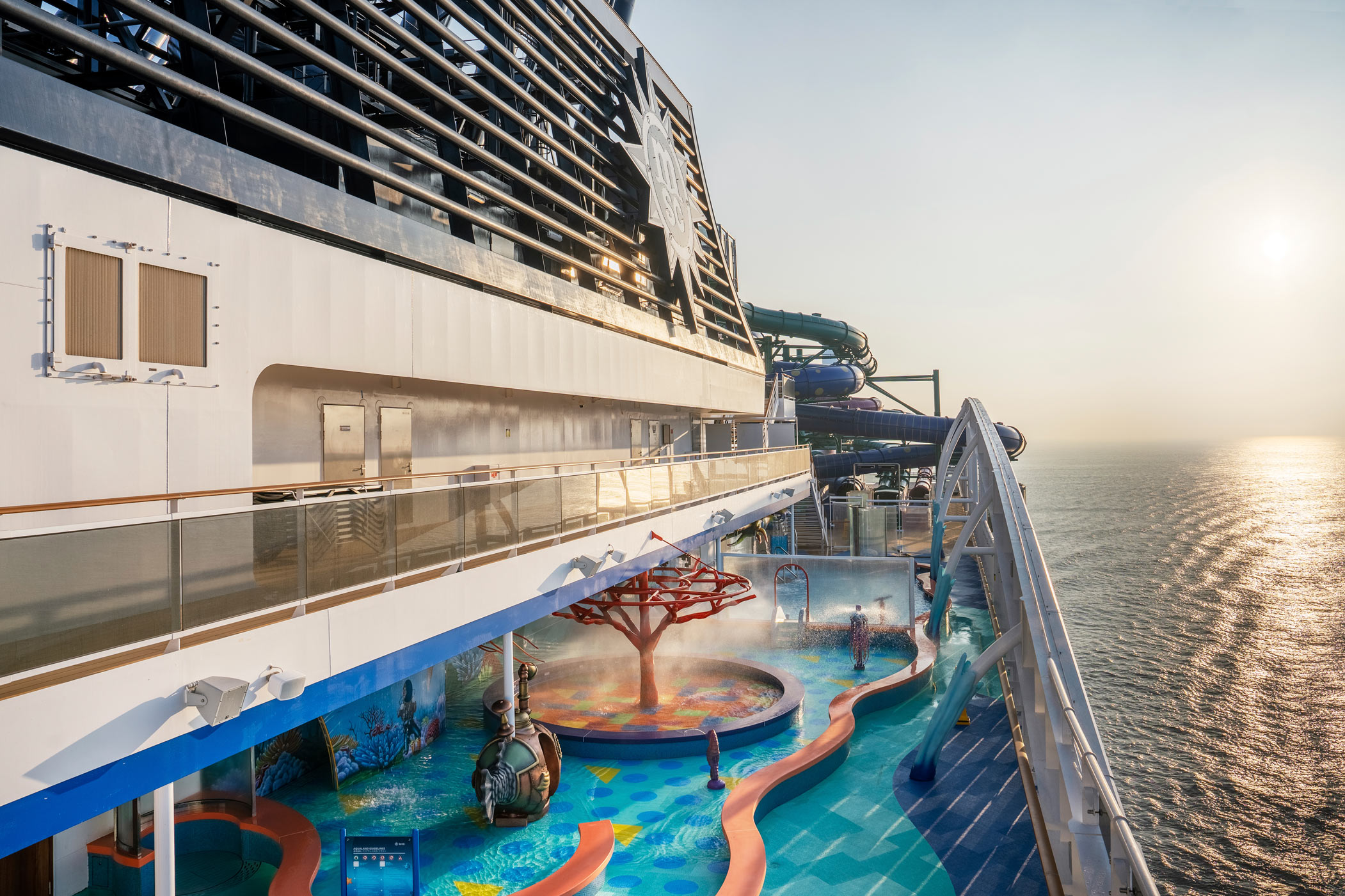
Sustainability at full sail
Sustainability is a factor that is considered from all aspects involved in cruise tourism. First of all, CLIA data indicate that 75% of the fleet uses environmentally friendly fuels and that a commitment is maintained to emit zero emissions by 2050. Water consumption is controlled, with 90% of the water used on board being produced and reused almost entirely for different processes on most of the vessels.
As for the use of materials to build and decorate ships, firms such as Steen Friis Design propose a conscious strategy based on data. After years of research, they managed to feed a large file of sustainable materials that can be applied in passenger ships. They validated a unique approach in the industry by developing several conceptual cabin designs, in which they calculated the level of carbon emissions generated by each component.
Through a life cycle analysis they found that, for example, leather could be a sustainable option if the shipping company plans to keep it for most of the vessel’s life. However, if the idea is to renew it every five years, this decision will be the least environmentally friendly.
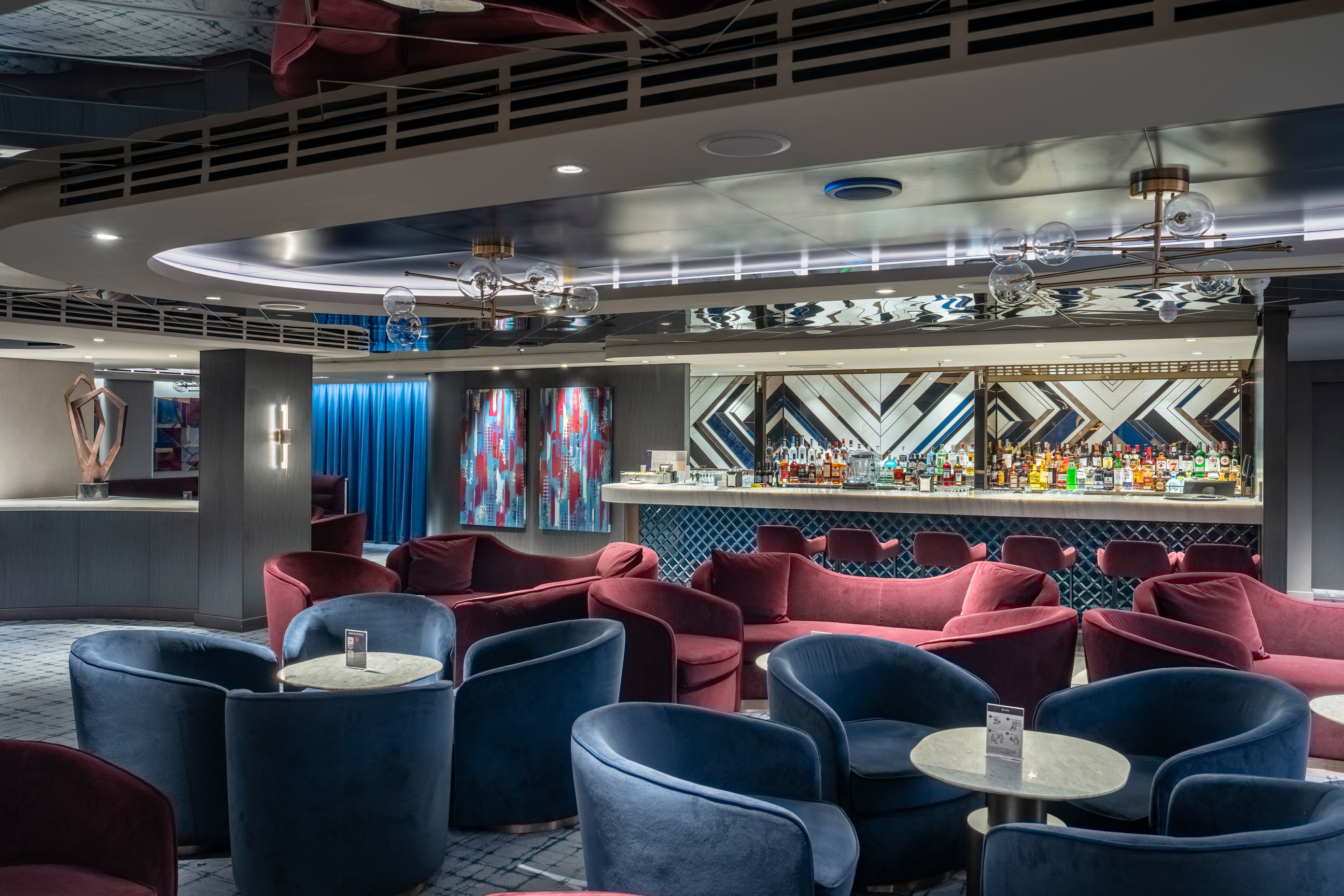
In addition to the choice of materials, the rehabilitation of the materials and the project require appropriate regulations and standards in coordination with the shipping companies, as Studio Berg+ highlights. They point out that much of what is usually thrown away could be reused in a creative way if such a method were available to classify sustainability qualities, considering their traceability in the production chain, budget and delivery times.
Refurbishment and repair are for Peninsula Contract Furnishings “the most relevant factor in sustainable interior design,” as they state in Cruise & Ferry Interiors magazine. “With a slight redesign and restoration work we can completely change the appearance and aesthetics of a piece of furniture, without involving great expense and with less impact on the environment. Our goal is to guide the client towards the most responsible way to achieve the result they desire,” as they state.
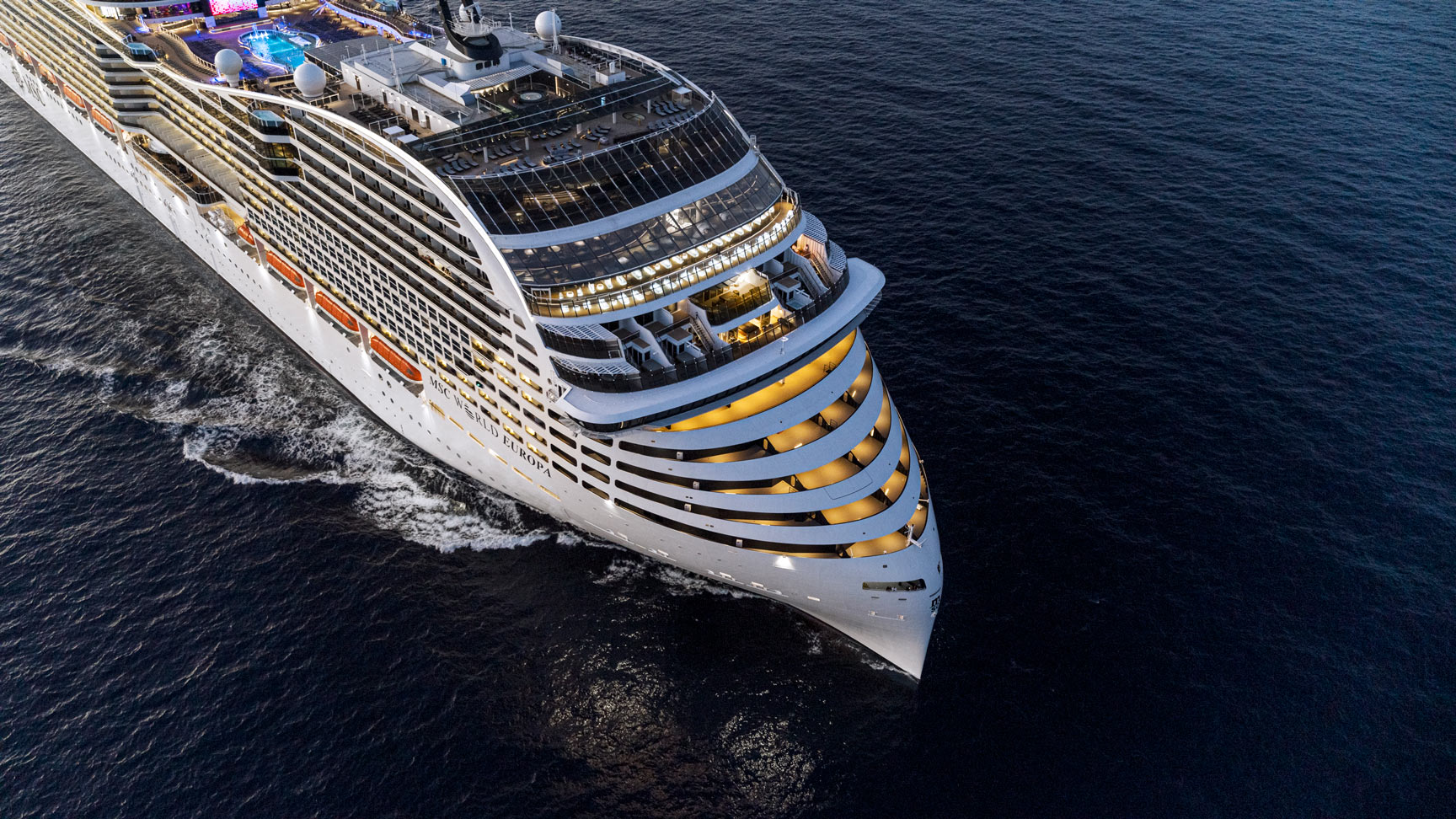
Another aspect of sustainability is also found in managing visitor flows to the cities where cruise ships stop. To this end, cruise lines opt for excursions programmed by local suppliers and planned up to three years in advance so as not to overcrowd the cities.
In addition, full accessibility is considered in sensory, cognitive or reduced mobility aspects, and CLIA data endorse this: almost all people with functional diversity surveyed stated that a cruise is the only way to travel that takes into account their needs. And finally, low speeds are set in certain navigation zones and noise reduction systems are implemented to avoid harming marine species.
Winds of the future for cruise ships
The future of the sector lies in combining an increasingly personalized model that offers an attractive and efficient design. An example of this future in the present is Oneiric, the yacht designed by Zaha Hadid Architects for ten people on board (and seven crew).
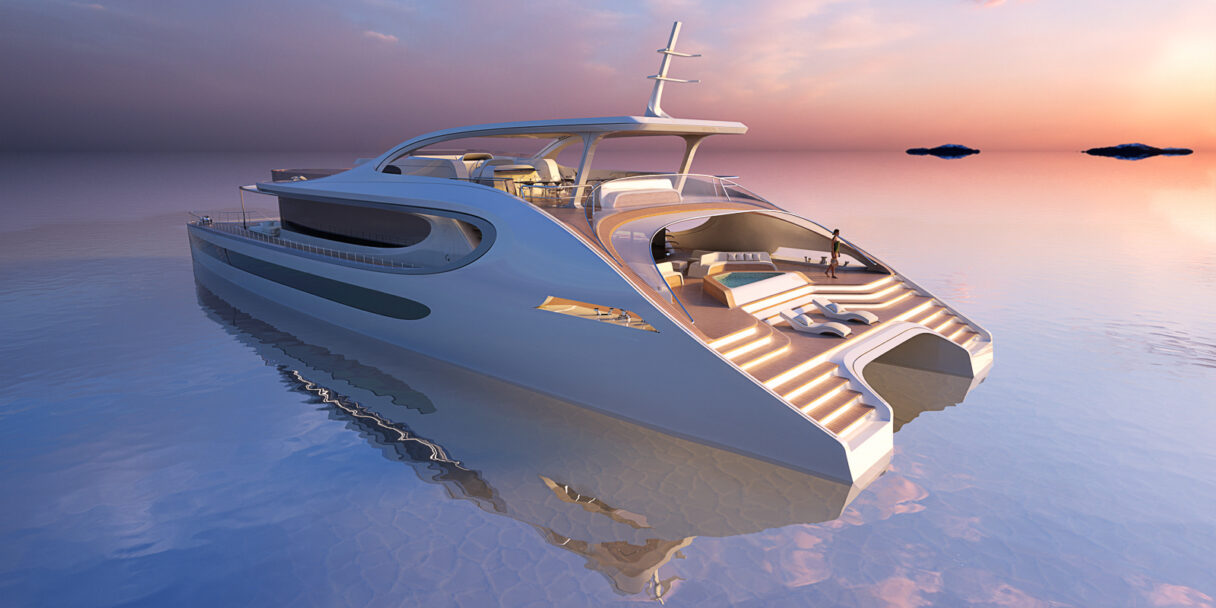
Its organic appearance is reminiscent of waves blurring in the sea, and its interior spaces connect to each other with the exterior: the master cabin is connected to the living room, and the living room to an open-air terrace.
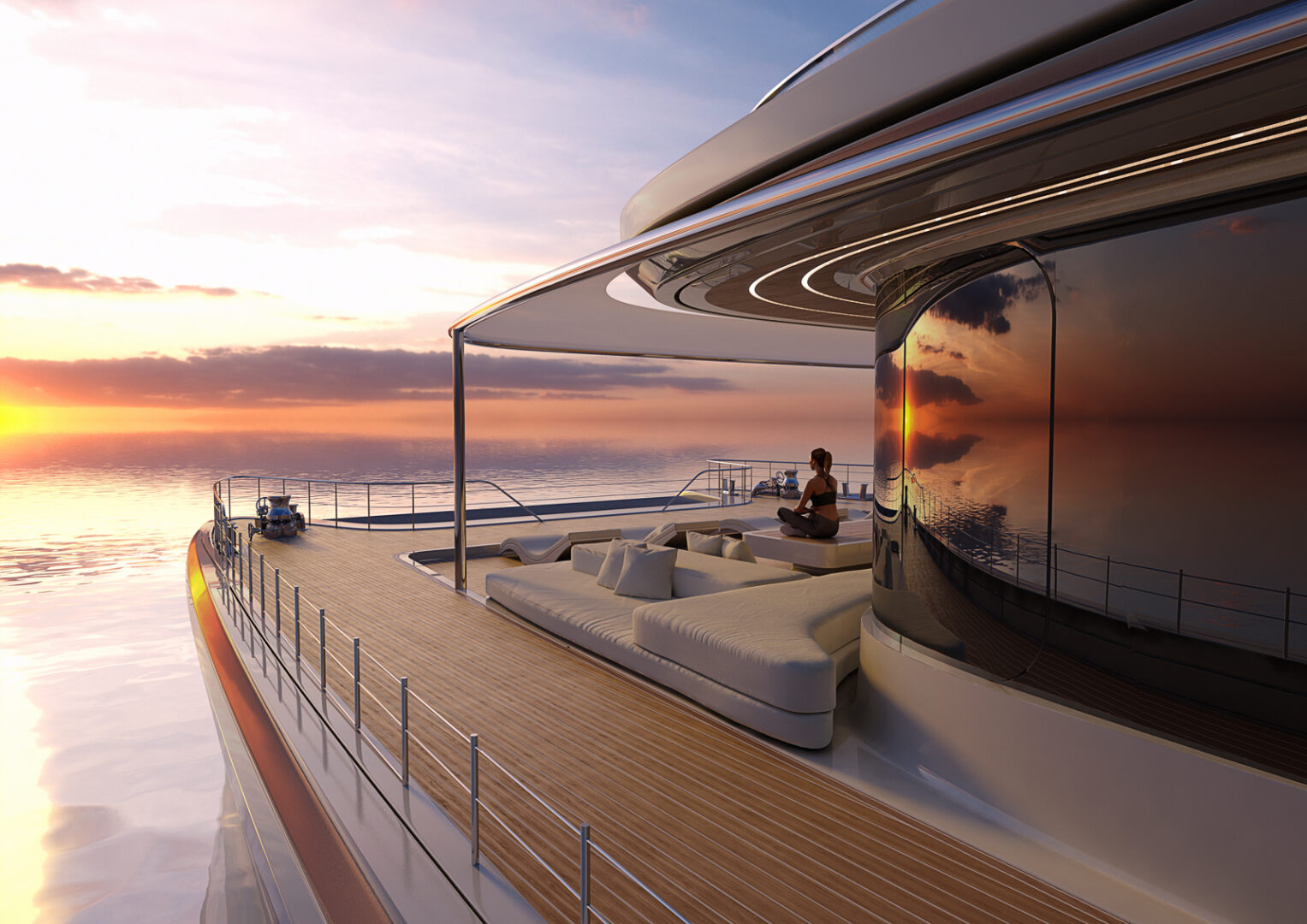
The boat can sail for 24 hours in electric mode without emissions, monitored by artificial intelligence. In addition, it guarantees a sound insulation that avoids damaging the seabed thanks to Rossinavi Zero Noise technology
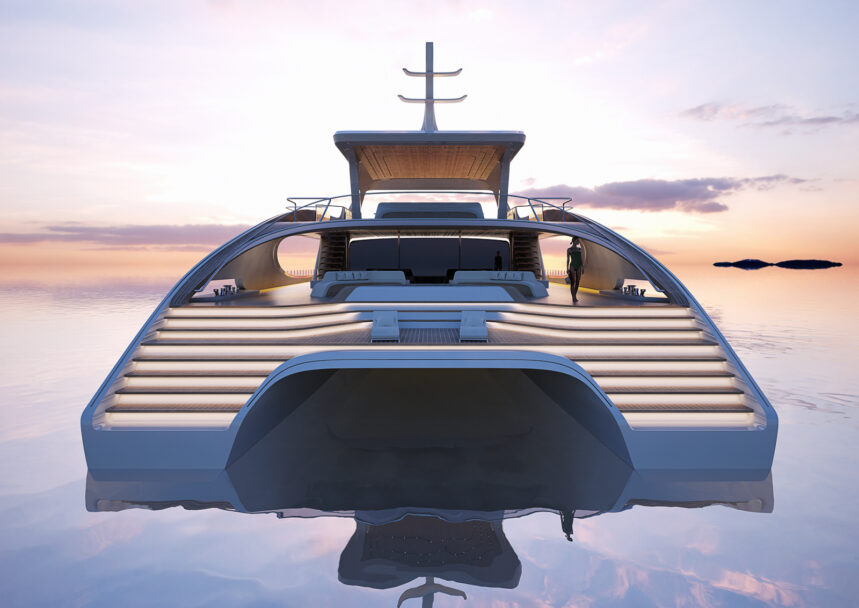
Are you embarking on the hospitality of experiences on the water? If you liked this post, you will surely be interested in learning more about floating architecture.
Follow us on social media through the hashtag #ConnectionsByFinsa and connect with a community of architecture and interior design professionals who, like you, are looking for inspiration for projects


